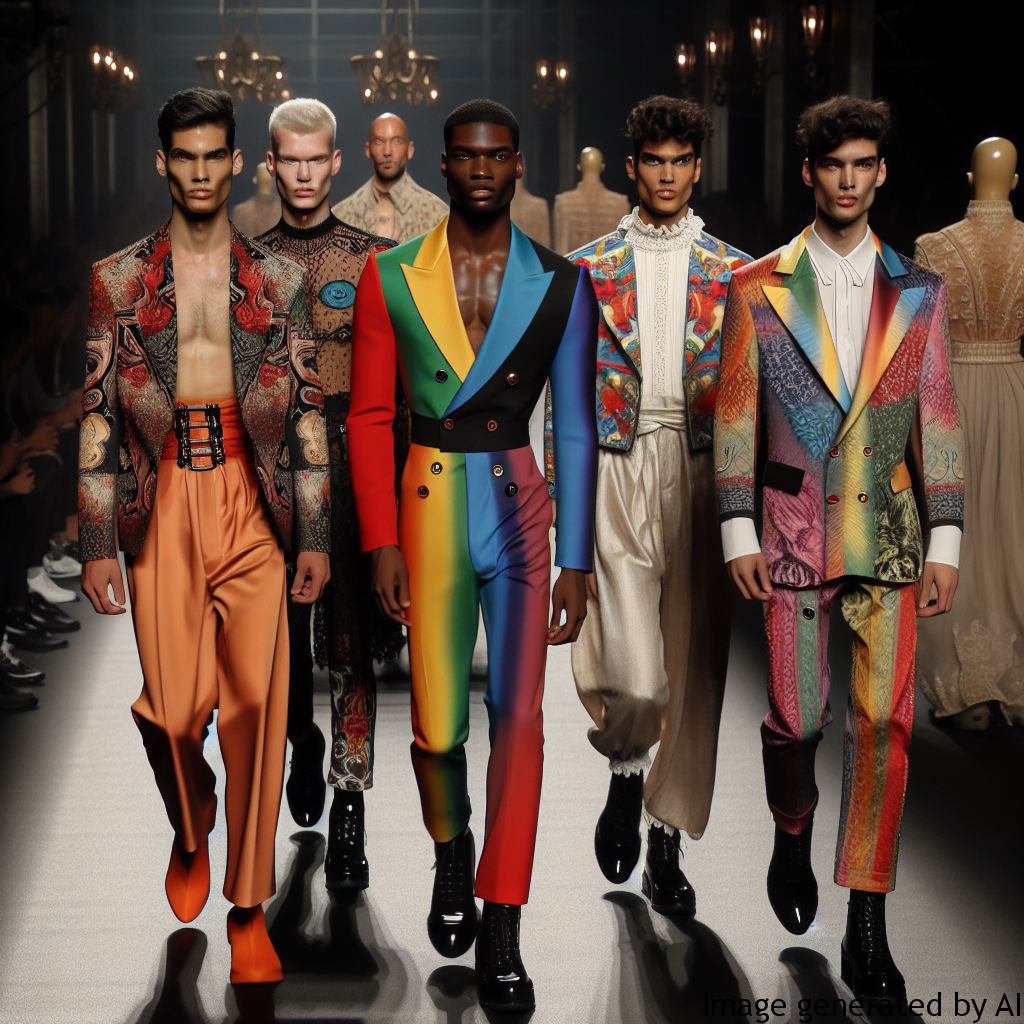Introduction
The fashion industry has been highly instrumental in redefining male sexuality over the years. Traditionally, society has boxed men into expectations of masculinity, which invariably involves adopting a tough, no-emotions persona. However, the present age is witnessing significant challenges to such stereotyped notions, fueled largely by the fashion industry’s progressive ethos. This article explores gender expectations and their impacts on men’s psychological health and suggests ways to improve the same.
Gender Expectations and their impact on Men’s Psychological Health
Defining Gender Expectations
Gender expectations embody stereotypes assigned to individuals on the basis of their sex. For men, societal norms prescribe being emotionally rigid, tough, resilient, and independent. These are rigorously reinforced through cultural narratives and representation in media, including fashion.
Effects on Psychological Health
Existing research illustrates how restrictive gender roles can profoundly impact men’s psychological health. The pressure to adhere to the masculine archetype often triggers anxiety, depression, low self-esteem and may hinder them from seeking help. In the face of emotional distress, men, conditioned by these norms, may adopt harmful coping mechanisms contributing to negative health outcomes.
Examples of How Gender Roles Can Affect Men’s Lives
Conforming to gender norms, men often suppress their emotions, which can lead to emotional estrangement or difficulty in maintaining relationships. They may also face increased pressure to excel professionally to fit into the ‘provider’ role society expects them to embrace. Men may hesitate to engage in activities considered feminine, such as ballet or cooking due to societal expectations, which could limit their self-exploration and evolution.
Advice on Improving Psychological Health Considering Gender Roles
Cognizance and acknowledgment of the damaging potential of rigid gender norms is the first step towards fostering better mental health for men. Encouraging open conversation about feelings, reducing stigma related to mental health, and promoting the understanding that seeking help does not undermine masculinity will prove significant. Incorporating such narratives into fashion by normalizing the diversity of men’s interests and experiences will help challenge existing stereotypes.
Conclusion
To redefine male sexuality, it’s critical to reimagine the norms that box men into harmful stereotypes. Modern fashion, as an influential medium, can play an instrumental role in this redefinition. By encouraging the expression of diverse personas and interests, fashion can help craft a more inclusive understanding of masculinity, thus freeing men from the restrictive grasp of gender expectations.

